The title of this post is a quote from Nancy White. This was part of her explanation to me about the power of graphic recording/facilitation. I am taken by these simple words, “making the invisible visible” as they say so much. I hope to dive deeper into the concept within my work.
Everyday, miscommunication between people is taking place because things are invisible. In some cases this is very explicit. For example, someone didn’t share important information at work that would help you do your job better. In a work setting we often use tools such as work plans, check-in meetings, email/phone communications to overcome this. A lot of the invisible is made visible informally during a cafeteria lunch conversation or at the water cooler. Then we need to revisit work plans and update them to ensure we are still all on the same page.
Invisibleness also takes place in less explicit ways and these are where facilitators help make things visible. During meetings, workshops or group work, the facilitator’s role is often to help encourage dialogue so people’s thoughts and ideas are put into the visible space. Given we all register differently, tactics can include numbers/charts, stories/narrative and images. The more exposure I have to graphic recording, the more I see the potential of using symbols and visual methods to illicit meaning and synthesize key messages taking place in meeting rooms. The paragraphs of text that often follow meetings in the form of reports usually ends up on a shelf. The idea of a few powerful drawings that highlight discussion topics and outcomes is appealing. Sometimes its interesting to have someone else recording as they see things we may not. A photographer once told me this was his specialty. Still, rather than having a professional recording at the front of the room, can we all participate in creating this story? As Nancy likes to say, “Let’s draw together”.
One of my contracts is coordinating a process with local governments to help prepare for the impacts of climate change. I generally start sessions by asking people what they have been observing in their landscape/community that may be related to climate change. This results in a long list of words drafted on a flip chart at the front of the room. There is power in sharing observations and local knowledge. However, this week, I will try a new exercise. I will ask people to silently draw what they are observing. This can be a scene, a symbol or some words. They can share this with others at the their table and then with those in the room. I am interested to see the difference between people’s drawings and how this compares to the range of ideas that comes from peoples words when sharing out loud. In both cases it is making the invisible visible. My hope is that the creative angle that drawing provides will set the scene for the rest of the evening in terms of participants creating a local story of how climate change may impact rural communities and how communities can prepare for that.

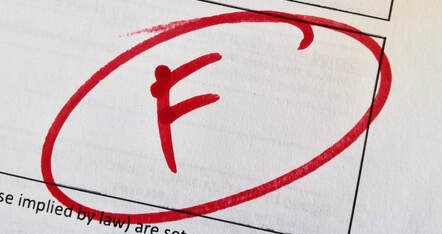
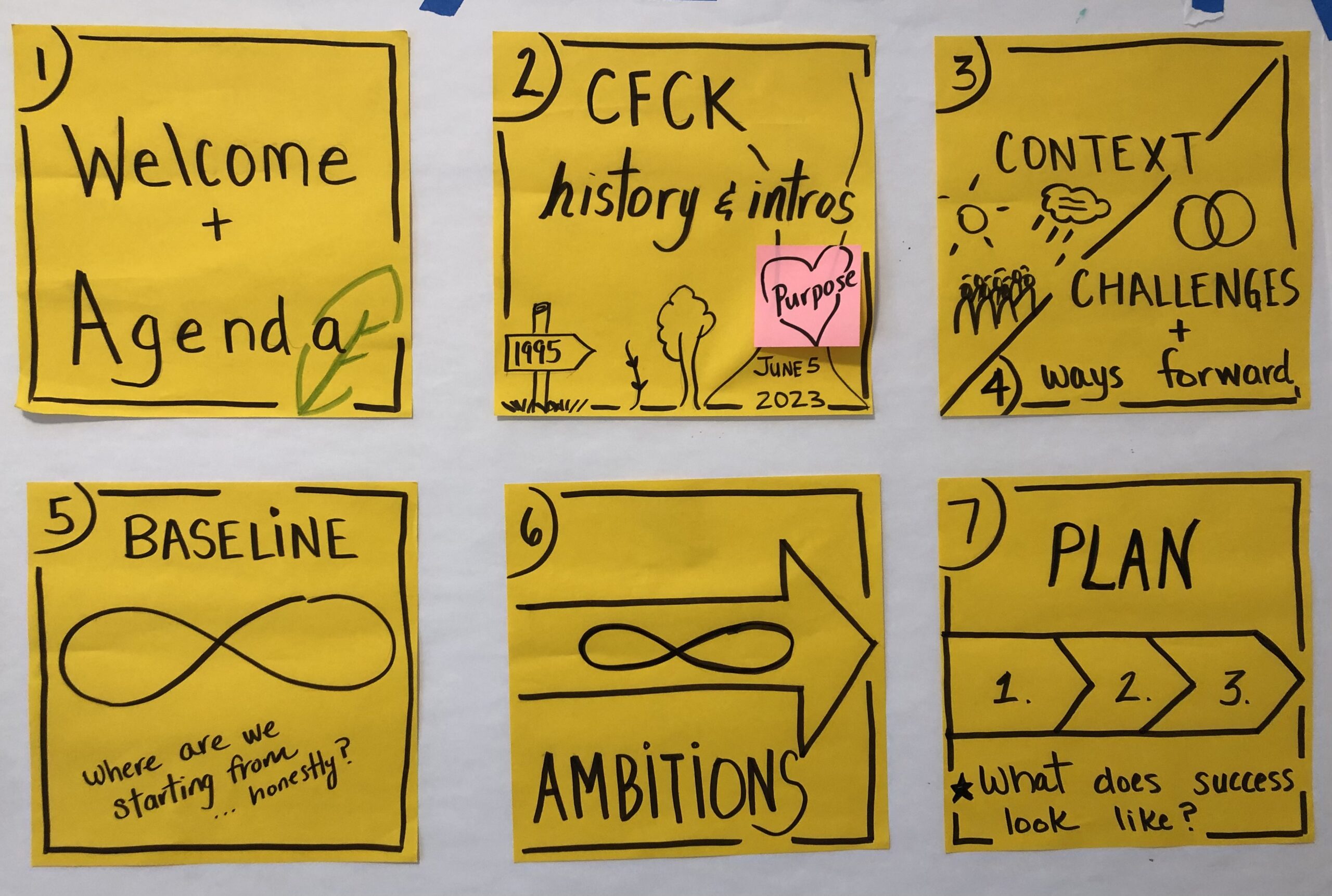
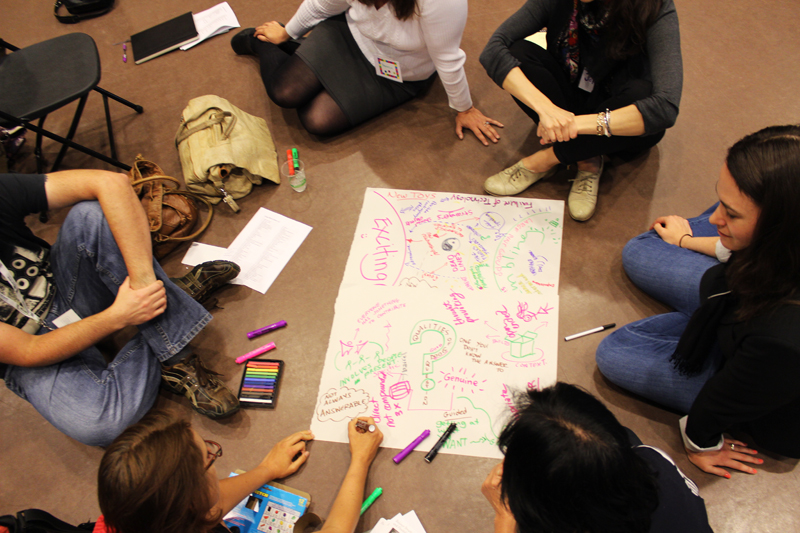
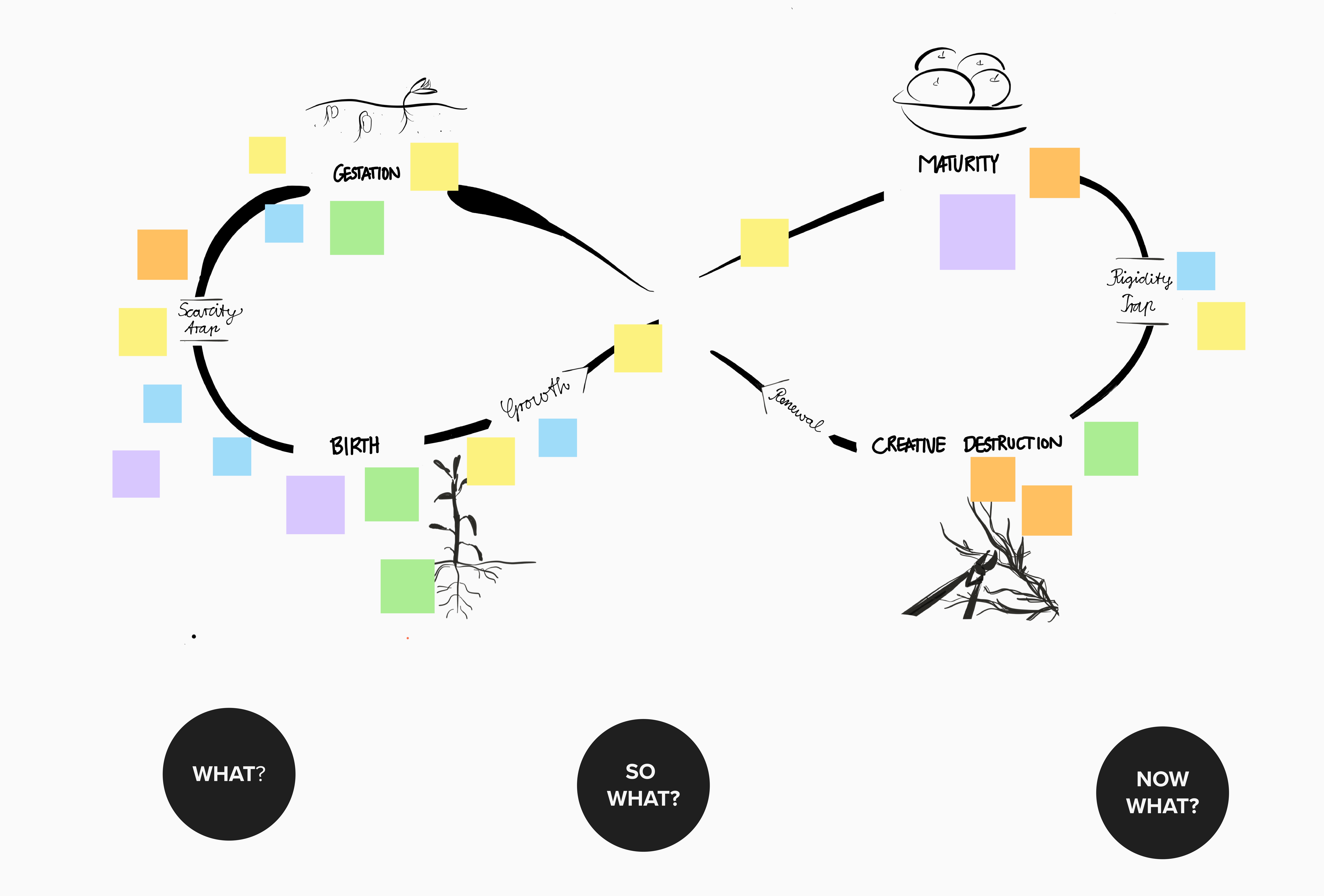
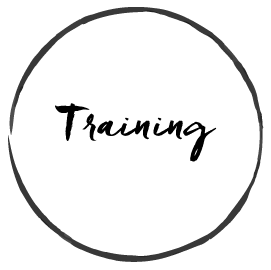
3 thoughts on ““Making the invisible visible””
“One of my contracts is coordinating a process with local governments to help prepare for the impacts of climate change.”
Sounds like such a great summer job.
Rock on, Michele!
Drawing seemed to work well with the adults as well as the grade 4/5 session. It’s amazing the details that were revealed providing more context and personal experience.